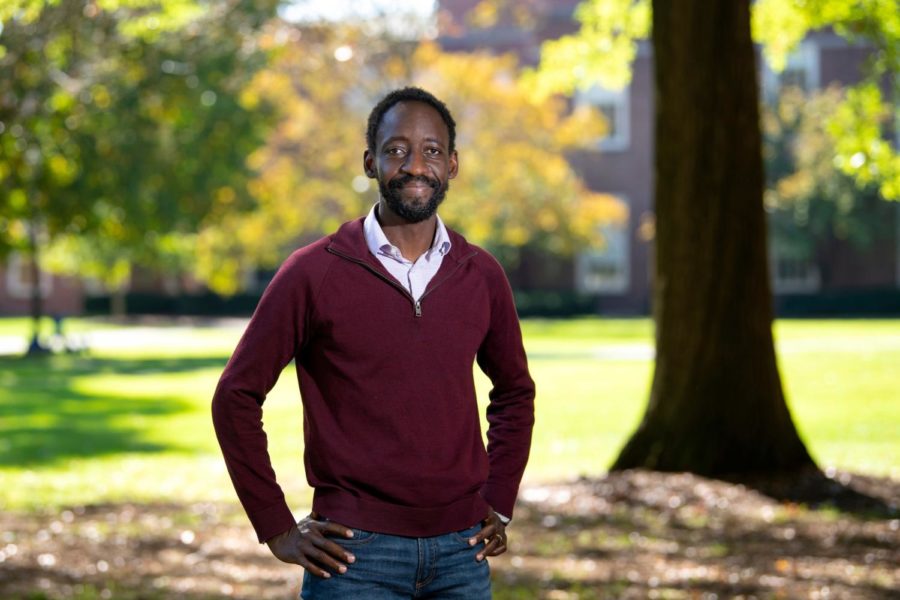Professor Sulai, students receive funding for dark matter research
December 1, 2021
University professor Ibrahim Sulai of the physics & astronomy department, along with some of his undergraduate research students, will take part in research to help explain the nature of dark matter as part of a National Science Foundation Award.
The award, totaling $245,750 over the course of three years, will support three undergraduate higher education institutions: the University, Oberlin College and California State University, East Bay. These universities will collaborate with the Global Network of Optical Magnetometers to search for Exotic physics (GNOME), a group of 15 institutions that have created technologies able to detect or constrain the parameters of particular versions of dark matter, to look for hypothetical particles called ultralight bosons. These particles are believed to possibly cause dark matter.
Professor Sulai said that most of the scientific community believes in the existence of dark matter—a hypothetical form of matter that is belived to account for roughly 85 percent of the universe’s matter.
“We know it’s there, but we don’t know its particle nature. That’s what we’re seeking to illuminate through this project,” Sulai said.
Researchers working on the project will work with undergraduate students to create technologies that will be more sensitive in finding ultralight bosonic dark matter.
“In his Bucknell lab, Sulai and a multidisciplinary group of undergraduate students are building highly sensitive atomic magnetometers that sense magnetic fields with very high precision. They hope to build instruments sensitive enough to record atomic fluctuations and contribute to the network’s growing scientific dataset,” director of Media Relations Mike Ferlazzo said.
Sulai said that their innovation will be the “next generation” of this type of technology.
“Colleagues and I in our collaboration all have magnetometers in our labs. If I alone see a fluctuation in the magnetic field signal at Lewisburg, I cannot interpret it as a measurement of ultralight bosons, as it is likely due to some local perturbation, such as an elevator going up and down,” Sulai said.




















